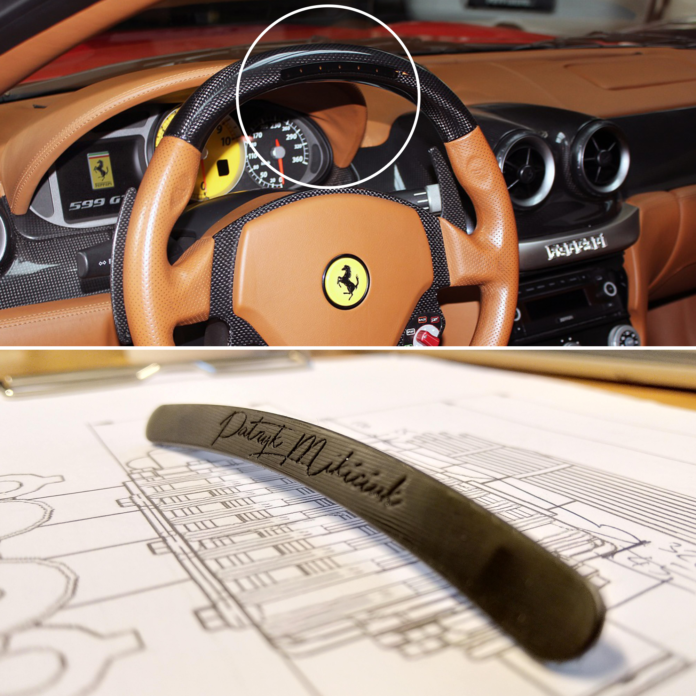ABCar Oldtimers, a Europe-based company that specializes in vintage cars’ restoration utilizes Zortrax resin 3D Printers to produce obsolete parts.
Such a production is not just about shaping metal sheets or replacing engines. Restoration of the original design requires a jeweler’s accuracy, especially when it comes
to specific elements of the car equipment or body, hence the use of resin 3D printers.
What characterizes vintage cars, especially the ones built before the Second World War, is their array of tiny sophisticated elements.
“The thin needles in the display of tachometers and speedometers mounted in the vehicles provided
by Mercedes Benz were beautifully crafted with a crescent moon at their tips. These are no longer produced. It is possible to order similar ones cut with a diamond blade. However, they would be shaped in a standard pattern losing the unique spirit provided by the crescent moon. Thanks to Zortrax Inkspire printer we can recreate such elements in a few minutes. In addition, we can customize their thickness and length to specific meters. The needles which come out of the printer are the ultimate elements of the equipment in cars we produce”, said Bartłomiej Błaszczak, director of design and engineering for ABcar Oldtimers.
One of the cars the restoration of which would be impossible without an accurate stamp technology is Ferrari 599 owned by Patryk Mikiciuk, a Polish automotive journalist. According to his plan,
the cost of renovation of the car was expected to be barely a fraction of the price for a new one,
nonetheless its appearance and equipment should not lose in quality. The challenge for this particular vehicle consisted in reconstructing a system of LEDs fitted in the steering wheel. In the original vehicle LEDs were mounted behind a dark, semi-transparent cover. When switched off, the steering wheel appeared to be completely black. Once switched on, the light of signaling device was clearly visible. The easiest and fastest solution was to print the cover with the use of black resin which allows light transparency necessary for this element while maintaining an adequate thickness of printed layers.
Components created by 3D printers are perfectly useful for vintage cars, but this technology may be successfully implemented by other companies and car workshops facing the problem of hard-to-reach spare parts. The search for small elements necessary for reconstruction may last several months, whereas printing replacements and their subsequent installation is not only cost-efficient but is a matter of hours.
Remember, you can post free of charge job opportunities in the AM Industry on 3D ADEPT Media or look for a job via our job board. Make sure to follow us on our social networks and subscribe to our weekly newsletter : Facebook, Twitter, LinkedIn & Instagram ! If you want to be featured in the next issue of our digital magazine or if you hear a story that needs to be heard, make sure to send it to contact@3dadept.com






